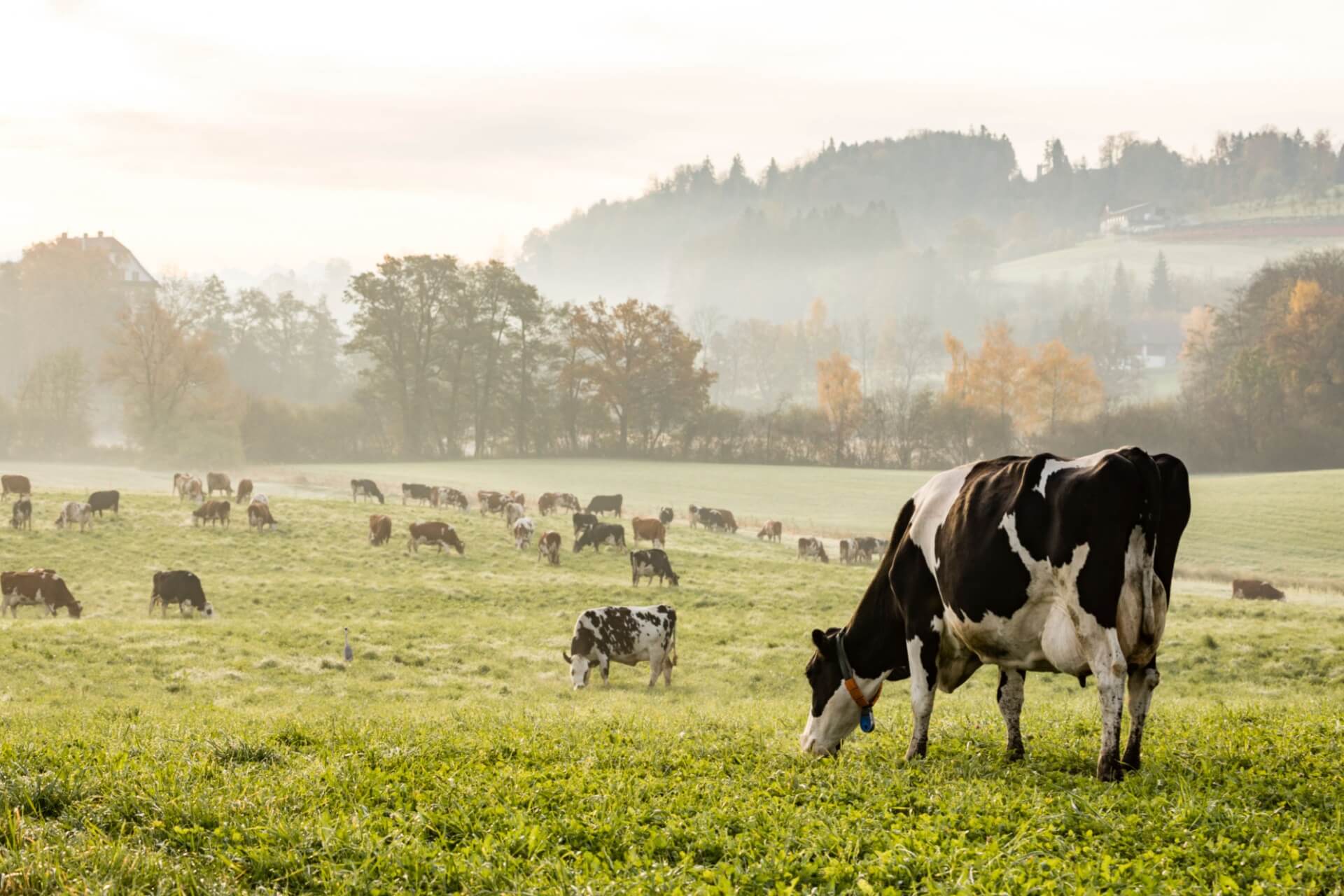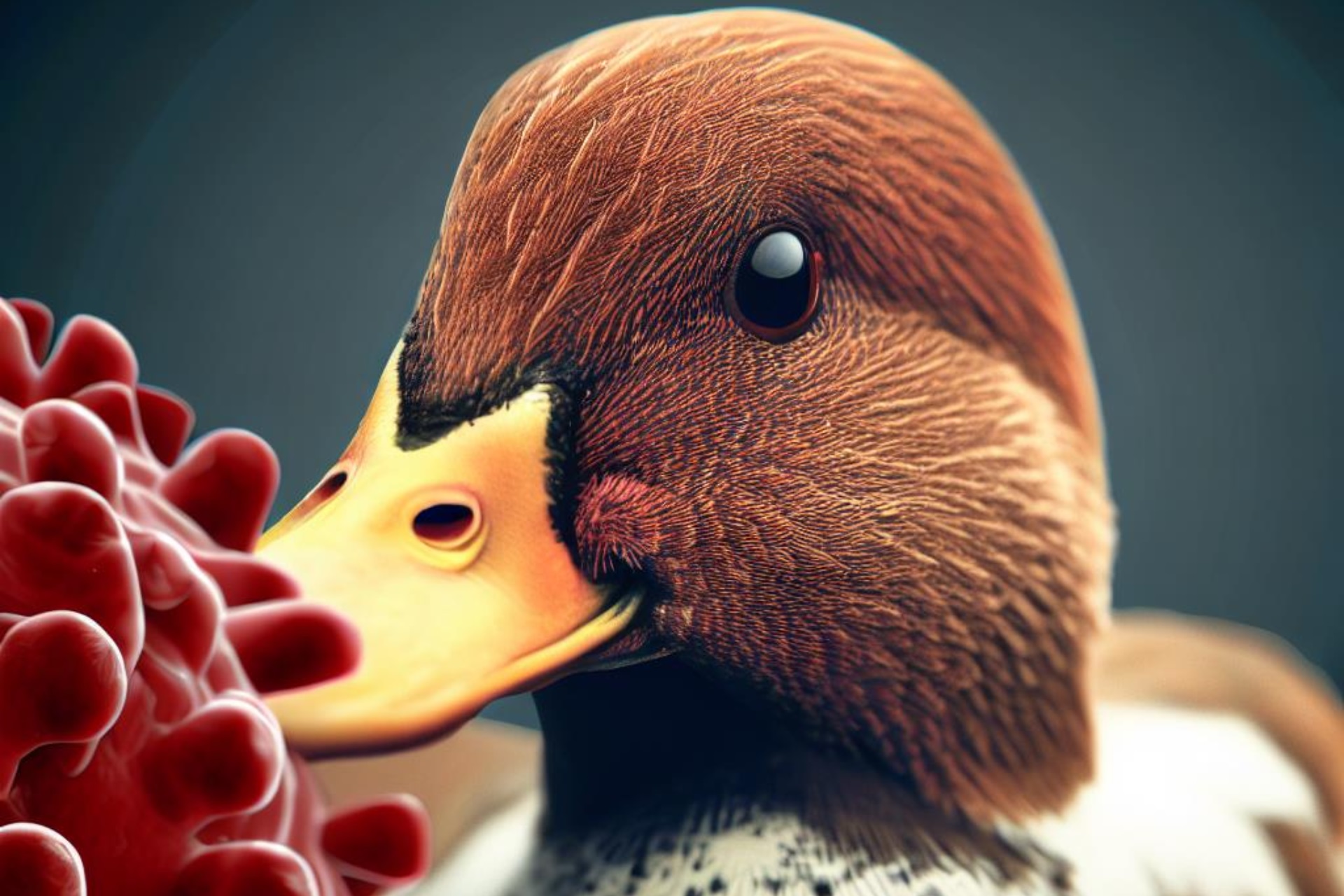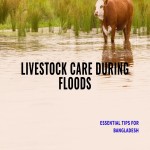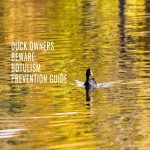
Dermatophytosis ("Ringworm"): The Fungal Infection In Cattle 🐄🍄
Learn how to effectively manage dermatophytosis, commonly known as "ringworm," in cattle. Discover the causes, signs, and treatment options to prevent the spread of this fungal infection among your herd. 🐄🍄

🐄 Clostridial Myositis: A Deadly Disease in Cattle 🐄
Learn about the highly fatal disease known as Clostridial Myositis that affects cattle. Discover its causes, symptoms, treatment options, and preventive measures to safeguard your livestock and preserve your livelihood.

TETANUS: A Serious Threat to Humans and Animals! 🐐
🐑🌾 Tetanus is a serious disease that affects humans and animals, causing muscular rigidity, hyperesthesia, and convulsions. Learn about its causes, clinical signs, treatment options, and prevention strategies in this comprehensive guide. Stay informed and protect yourself and your furry friends! 🚫💉

Lumpy Skin Disease in Cattle 🐄
Learn about Lumpy Skin Disease (LSD) in cattle, a highly contagious viral disease causing skin nodules and lumps. Explore its impact, transmission, symptoms, diagnosis, treatment options, and prevention strategies to safeguard your herd's health. 🐮💉🚫

Uterine Prolapse: Causes, Treatment, and Prognosis
Discover the causes, treatment, and prognosis of uterine prolapse in dairy cattle. Learn about the factors that contribute to this condition and the clinical signs to watch out for. Explore the essential steps in providing prompt veterinary care and ensuring the well-being of the affected cows. Find out how proper diagnosis, treatment, and follow-up care can lead to a positive outcome and successful breeding in these animals.

Babesiosis: A Dangerous Tick-Borne Disease Affecting Cattle
Babesiosis, caused by a protozoan parasite transmitted by hard ticks, poses a significant risk to cattle. Unlike other parasitic diseases, it affects adult cattle more severely, leading to fever, anemia, and even death. This article delves into the epidemiology, clinical signs, diagnostic methods, treatment options, and preventive measures for combating babesiosis.

Florfenicol-A Broad Spectrum Antibiotic for Livestock and Pets
Florfenicol is a powerful broad-spectrum antibiotic approved for use in livestock, particularly cattle, to treat bovine respiratory disease and other bacterial infections. This article provides an overview of its uses, pharmacology, precautions, and dosage guidelines.

Duck Virus Hepatitis
Duck Virus Hepatitis (DVH) is a highly contagious viral disease that primarily affects ducks, causing severe inflammation and damage to the liver. It is crucial to understand the causes, symptoms, and treatment options for DVH in order to ensure the well-being of ducks. Early detection, proper diagnosis, and effective management play a vital role in mitigating the impact of this disease. Vaccination, biosecurity practices, and regular monitoring are key preventive measures that can help protect duck populations.

Fowl Cholera
Fowl cholera, also known as avian cholera or Pasteurellosis, is a highly contagious bacterial disease that affects domestic and wild birds. This article provides insights into the causes, symptoms, and prevention of fowl cholera, emphasizing the importance of veterinary care, antibiotics, and comprehensive preventive measures. Recognizing the signs and implementing proper management, biosecurity, and vaccination strategies are vital to controlling the disease and safeguarding the poultry industry.

Bovine Respiratory Disease (BRD) in Cattle
Bovine Respiratory Disease (BRD), also known as shipping fever, is a common respiratory disease affecting cattle. In this article, we explore the causes, symptoms, treatment, and prevention of BRD. Understanding this disease is crucial for the livestock industry to minimize economic losses and maintain cattle health.











